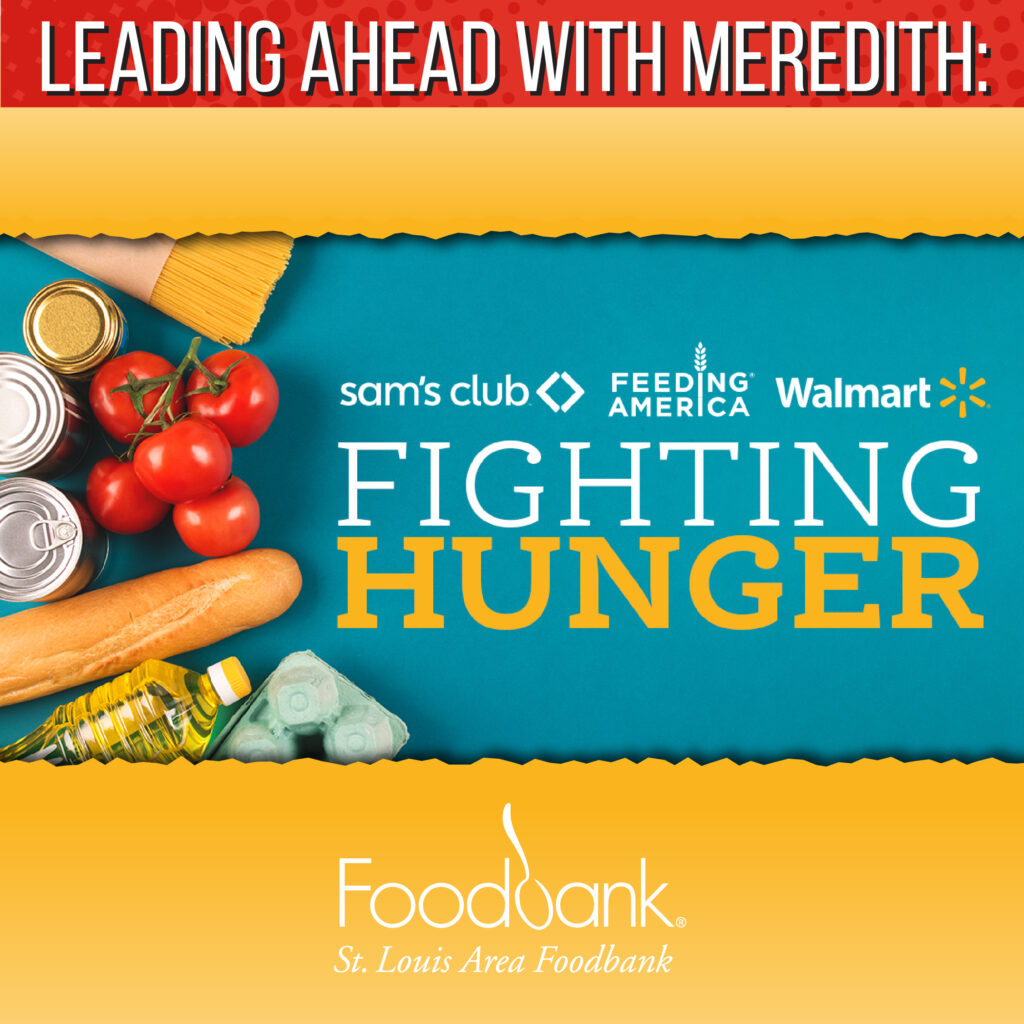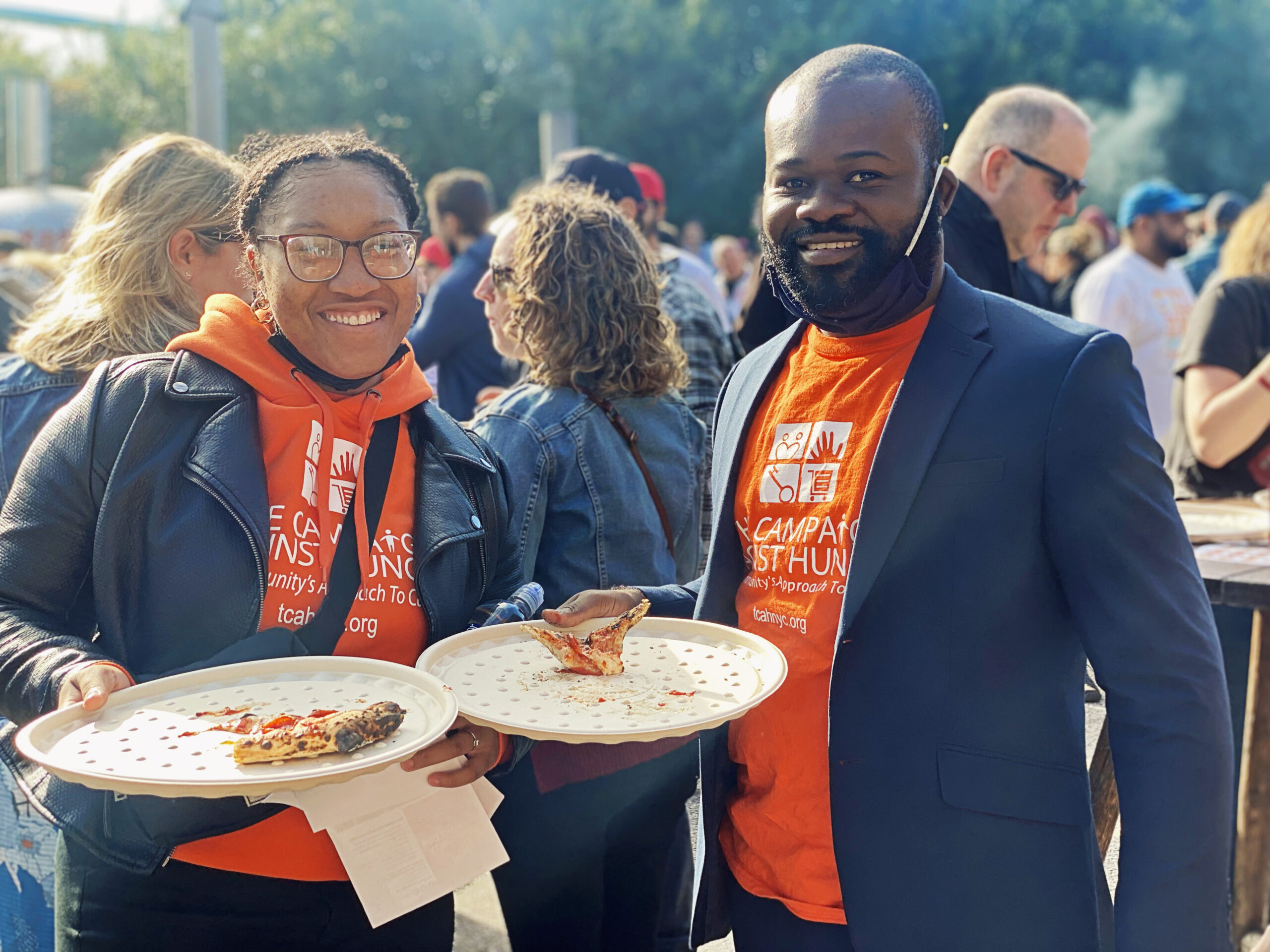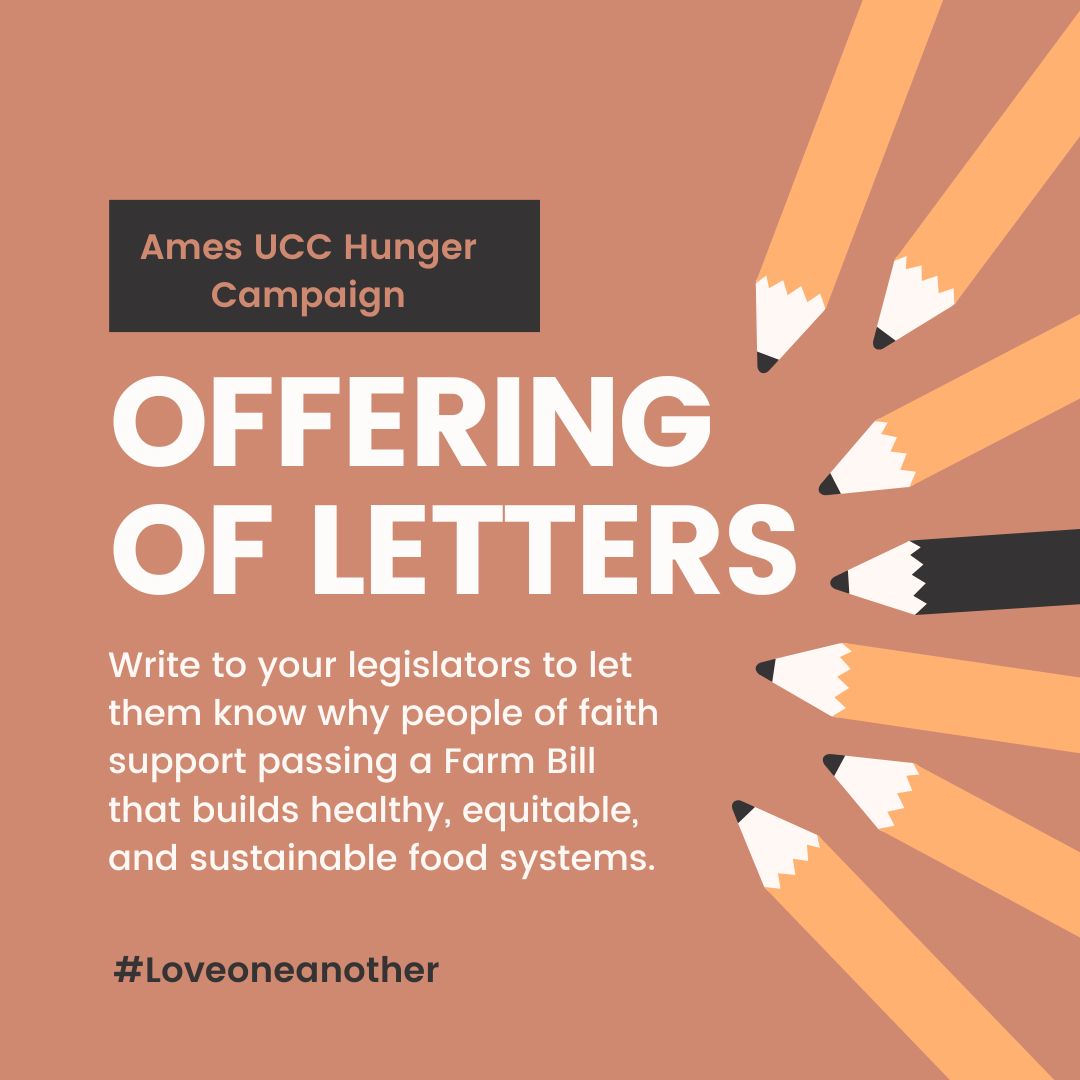The Campaign Against Hunger Online Ordering

A digital divide is deepening the chasm of food insecurity in America. While online grocery ordering has become a lifeline for many, particularly during and after the pandemic, a growing chorus of voices is raising concerns about its accessibility – or lack thereof – for the nation’s most vulnerable populations.
The Campaign Against Hunger Online Ordering, a grassroots movement gaining traction, argues that the current system, reliant on stable internet access, digital literacy, and often, specific payment methods, inadvertently excludes millions who rely on food assistance programs like Supplemental Nutrition Assistance Program (SNAP). The movement highlights how technological barriers, coupled with rising food costs, are creating a perfect storm, exacerbating food insecurity instead of alleviating it.
The Digital Divide and Food Access
At the heart of the controversy lies the stark reality of the digital divide. According to the Pew Research Center, significant disparities persist in internet access based on income, education, and location.
Households with lower incomes are less likely to have reliable internet service or devices needed to participate in online ordering. This digital disadvantage directly translates to limited access to online grocery services, hindering their ability to compare prices, access wider selections, and potentially save money – all crucial for those on tight budgets.
SNAP online access is further complicated by varying state regulations and retailer participation. While the USDA has expanded the SNAP Online Purchasing Pilot, which allows recipients to use their benefits online at participating retailers, the program's reach remains limited.
The Campaign's Demands
The Campaign Against Hunger Online Ordering is advocating for several key changes. They are pushing for increased funding to expand broadband access in underserved communities.
The organization is also advocating for user-friendly online platforms that cater to individuals with limited digital literacy. They stress the need for accessible customer support and simplified interfaces.
A critical demand is the acceptance of Electronic Benefit Transfer (EBT) cards at all online retailers, regardless of size. This would level the playing field and provide SNAP recipients with greater choice and convenience.
Retailer Perspective
Major grocery retailers acknowledge the importance of addressing food insecurity but emphasize the complexities of implementing comprehensive solutions. Many point to the substantial investments required to upgrade their online infrastructure and comply with varying state SNAP regulations.
Some retailers highlight their existing efforts to address food insecurity, such as offering in-store discounts for SNAP recipients and partnering with local food banks. However, critics argue that these initiatives are insufficient and fail to fully address the systemic barriers hindering online access.
"We are committed to serving all members of our communities," states a spokesperson from a major national grocery chain. "However, implementing SNAP online acceptance across all platforms requires significant investment in technology and security infrastructure. We are actively working with state and federal agencies to explore viable solutions."
Government Response and Policy Considerations
The federal government has taken steps to expand SNAP online access, but progress has been uneven. The USDA's Food and Nutrition Service (FNS) continues to oversee the SNAP Online Purchasing Pilot, approving additional retailers and states to participate.
Lawmakers are also considering legislation to further expand broadband access and promote digital literacy initiatives. However, debates over funding and the scope of government intervention continue to stall progress.
Senator Elizabeth Warren, a vocal advocate for expanding food access, has proposed legislation that would streamline SNAP online enrollment and provide funding for digital literacy training. "We need to ensure that every American has access to nutritious food, regardless of their income or location," Warren stated in a recent press conference.
The Human Cost
The debate over online grocery ordering extends beyond policy and economics; it has a profound impact on individuals and families struggling with food insecurity. For many, online access represents a lifeline, allowing them to shop safely, conveniently, and potentially access a wider variety of healthy foods.
The lack of access, however, perpetuates a cycle of disadvantage. Individuals may be forced to rely on limited options at local stores, pay higher prices, or forgo essential groceries altogether.
"It's not just about convenience; it's about dignity," says Maria Rodriguez, a single mother who relies on SNAP benefits. "When I can order online, I feel like I have more control. I can compare prices, plan meals, and avoid the shame of using my EBT card in front of everyone at the checkout line."
Looking Ahead
The future of food access in the digital age hinges on addressing the systemic barriers that prevent vulnerable populations from participating in online grocery ordering. This requires a multi-pronged approach involving government investment, private sector innovation, and community-based initiatives.
Expanding broadband access, promoting digital literacy, and streamlining SNAP online acceptance are crucial steps. Furthermore, exploring alternative models, such as mobile-friendly platforms and partnerships with community organizations, can help bridge the digital divide and ensure that everyone has access to nutritious and affordable food.
The Campaign Against Hunger Online Ordering and similar advocacy groups will continue to play a vital role in holding policymakers and retailers accountable. The fight for equitable food access in the digital age is far from over, but the growing awareness and collective action offer a glimmer of hope for a more just and equitable future.

















